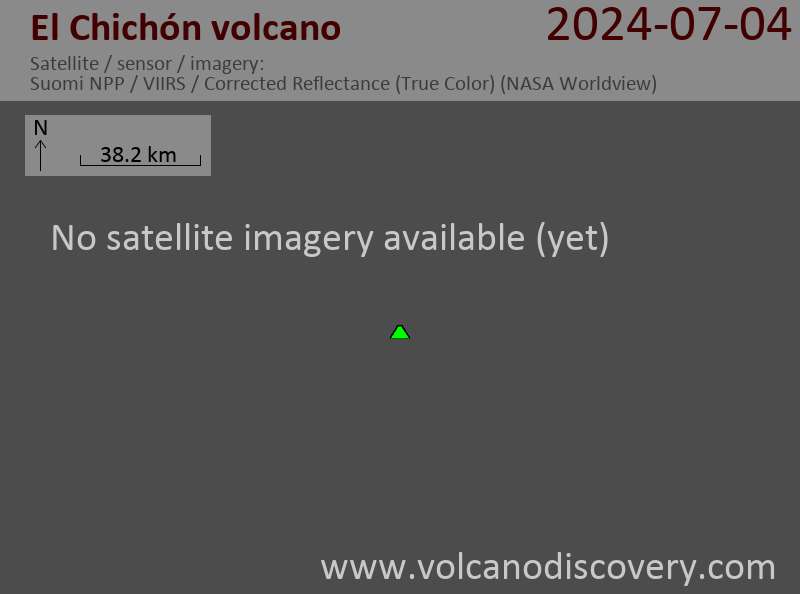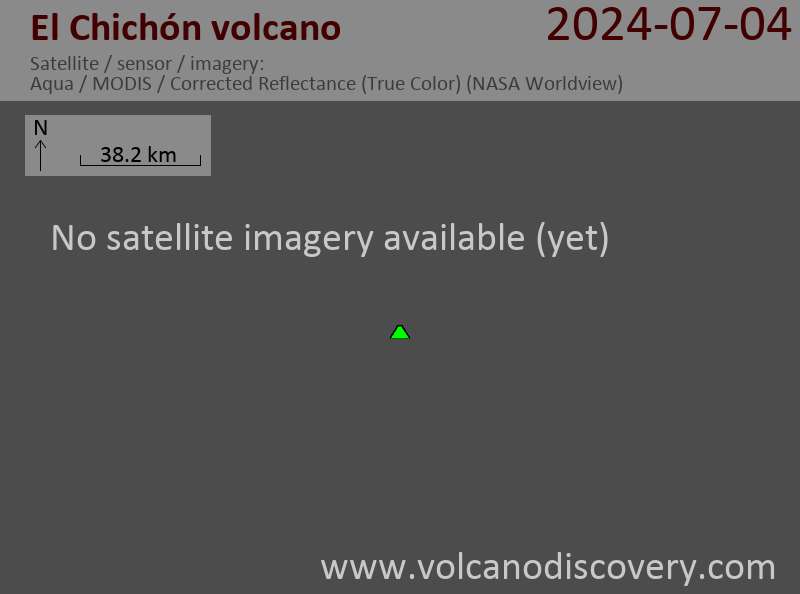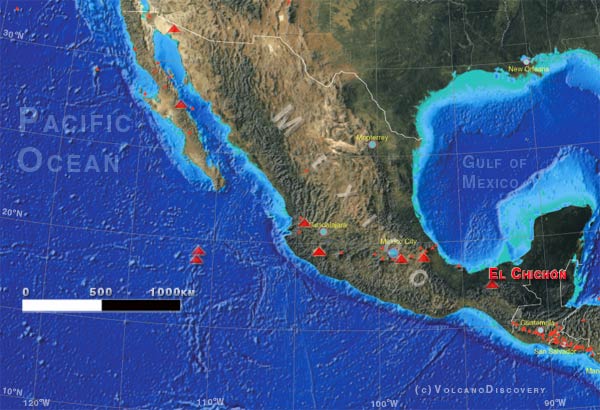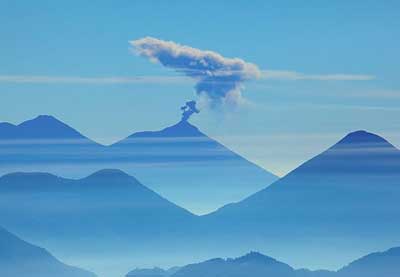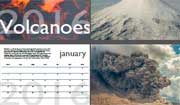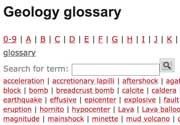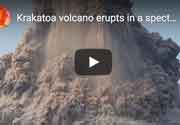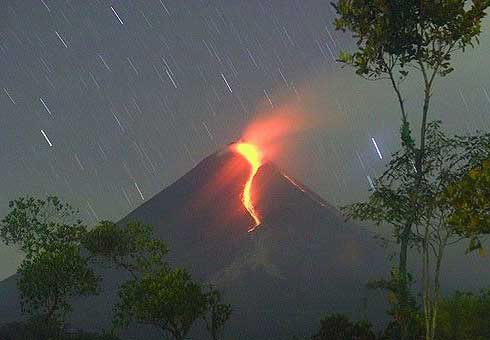El Chichón Volcano
Updated: 25 Απριλίου 2024 13:36 GMT -
Lava domes 1150 m / 3,773 ft
Southern Mexico, 17.36°N / -93.23°W
Current status: normal or dormant (1 out of 5)
Southern Mexico, 17.36°N / -93.23°W
Current status: normal or dormant (1 out of 5)
El Chichón volcano in southern Mexico forms a broad symmetrical cone with a diameter of 10 km at itsbase and is capped by a 600 m wide crater containing a 80 m high andesitic lava dome.
El Chichón became famous for its large eruption in 1982 that affected the world's climate for the following years with a measurable cooling effect caused by the large amounts of SO2 aerosols ejected into the atmosphere.
[smaller] [larger]
El Chichón volcano eruptions: 1982 (Plininan eruption on 28 March), 1850(?)
radiocarbon-dated: 1360 ± 100, 1190 ± 150, 780 AD ± 100, 590 AD ± 100, 480 AD ± 200, 190 AD ± 150, 20 BC ± 50, 700 BC ± 200, 1340 BC ± 150, 2030 BC ± 100, 6510 BC ± 75 years
Latest nearby earthquakes
| Ώρα | Mag. / Βάθος | Απόσταση / Τοποθεσία | |||
Background
El Chichón is a small trachyandesitic tuff cone and lava dome complex that occupies an isolated part of the Chiapas region in SE México far from other Holocene volcanoes. Prior to 1982, this relatively unknown volcano was heavily forested and of no greater height than adjacent nonvolcanic peaks. The largest dome, the former summit of the volcano, was constructed within a 1.6 x 2 km summit crater created about 220,000 years ago.2 other large craters are located on the SW and SE flanks; a lava dome fills the SW crater, and an older dome is located on the NW flank. More than ten large explosive eruptions have occurred since the mid-Holocene. The powerful 1982 explosive eruptions of high-sulfur, anhydrite-bearing magma destroyed the summit lava dome and were accompanied by pyroclastic flows and surges that devastated an area extending about 8 km around the volcano. The eruptions in 1982 created a new 1-km-wide, 300-m-deep crater that now contains an acidic crater lake.





